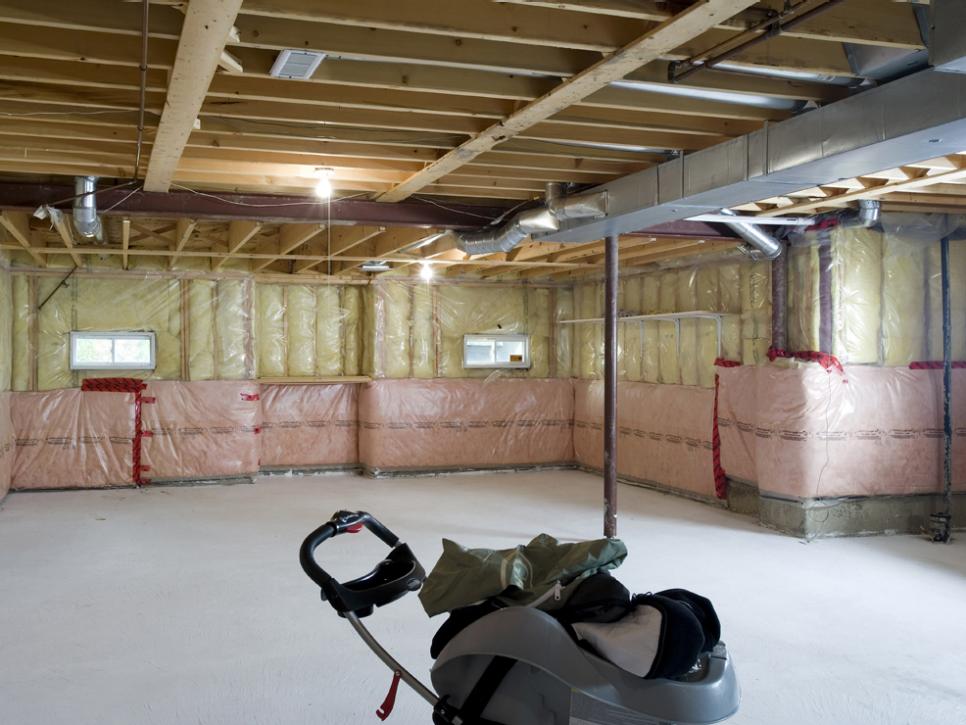The decision to purchase a home and the determination of when you should be doing it are two of the most important decisions you’ll make in your life. Living on your own and purchasing your very first house is an endless responsibility. While you pay for your mortgage, you also spend money on things like the maintenance of your home, taxes, improvement and repair costs, and many more. So the thing is buying a home is a very serious responsibility. If you want to succeed and bring the most out of your investment, you first have to be financially stable.
But how do you do that? This is the purpose of this article – to help you with the entire process. So let’s look at the different tips on you can improve your financial status and become worthy of being called a true homeowner.
Here’s a pretty advice from Parents.com when it comes arriving at the decision of buying a home:
Don’t feel pressured. Instead, make a decision based on your current financial picture. If you’re bogged down with too much debt or if today’s paycheck is stretched so thin that you can’t save for emergencies or retirement, you may not be ready to buy a home yet.
While it may not be possible to pay off every cent of debt before buying a house, do take big steps in that direction. “It’s not unusual for me to see parents with $100,000 in student loans,” says Linda Patchett, a financial adviser in Chapel Hill, NC. “They might want a house today, but it will be much easier for them if they pay off as much debt as possible before they buy.”
What about that old saying “It’s just as cheap to own as to rent”? “That is one of the biggest misconceptions around,” says Greg Van Wyk, a certified financial planner in Austin, TX. “When you look at the tax benefits of ownership, most people still need to pay $1 in mortgage interest in order to get 28 cents back. And there are all kinds of expenses that people never think about in advance, like the garden hose you don’t own, the extra furniture you need to buy, and the repairs you’ve got to make on your furnace.” Higher heating and cooling costs are also huge factors.
If you wish to read this article, visit the link.
The case is simple – if you are currently in debt or if your income is barely supporting you and your family, then it is never a good time to purchase a home. Everything about this huge investment is being financially stable, which literally means you have the money to pay the down payment and the corresponding mortgage payments. If you feel the pressure of buying a house because your age is catching up with you, it’s a huge mistake to give in to that.
So in relation to that tips above, Moneyning.com, in its post titled “3 Ways to Financially Prepare Before Buying Your First Home” talked about the three things you are to secure. These three actually will make or break your hope of finally having your own home.
1. Create an Emergency Fund
I’m big on emergency funds. A few months ago, I went from working two jobs to one. My take home pay was barely covering my bills, and I had to dip into my emergency fund a few times just to get by.
Now that my income is picking up again, I’m replenishing my emergency fund and working to get $10,000 saved. This will cover just over six months of my normal expenses.
2. Banish Debt
I’m lucky to have never gotten myself deep into debt. While I did rack up a couple thousand dollars in credit card debt when I was younger, it was quickly paid off.
I did, however, take out a $10,000 loan to purchase the trailer I’m living in now. The interest rate is super low, and I’m paying $226 per month with a four-year term. Right now, I just look at this as a living expense similar to rent or mortgage payments. But, before I purchase my own home, this debt will have to be gone.
3. Amass a Big Down Payment
In terms of finances, I now prefer comfortable over minimal. So, I’d like to have around a 50% down payment when I purchase a home.
As I leap more into freelancing, my income is variable — and that’s kind of scary. I’d rather be safe than sorry. Luckily, housing in rural Ohio is very cheap. While 50% might sound like a lot to you, I can probably find a pretty decent house for around $80,000.
It will take some time to save up the 50%, but it’s well worth the wait.
Article source: http://moneyning.com/housing/3-ways-to-financially-prepare-before-buying-your-first-home/
Aside from eliminating all your current debt, you also will need some time to save money for the down payment. Yes, it is true that there are several financing schemes right now that require you minimum or even zero downpayment, but you’ll get killed by the interest rates. You’ll have to wait a little longer but once you save up big time for the down payment, you’ll realize how convenient and stress free it becomes the rest of the way.
Finally, Kiplinger.com, in an article titled “4 Smart Steps to Take Before Buying Your First Home,” mentions improving your credit score as one of the most important steps in making yourself financially stable to own a home.
Your credit score plays an important role in qualifying for a mortgage. A score of 740 or above will help you secure the best interest rates. In the Washington area, for example, that can be as little as 3.6% for a $200,000, 30-year fixed-rate mortgage with a 20% down payment, according to Bankrate.com. (Look up mortgage rates in your area.) If your score is lower than 740, however, expect to pay a higher rate. For that same loan in the D.C. metro region, if your credit score ranges from 680 to 699, the lowest rate you’d be able to get is about 3.9%.
Many young would-be home buyers might find themselves with blemishes on their credit report, thanks to missed student loan or credit card payments. Lucky for me, I learned long before pursuing homeownership that such behavior comes back to haunt you in the form of a low credit score. I’ve changed my bad spending habits and boosted my score. If you check your credit report early, you’ll have ample time to correct any issues. “What you don’t want is to have to address a bunch of mistakes on your credit report while actively looking for a home and trying to get approved for a mortgage loan,” says Gumbinger.
Read the rest of the post by clicking the link.
You eventually will figure out how to make yourself financially capable when it comes to buying a home for the very first time. To be successful at that, you just have to recognize the fact that everything about this endeavor isn’t easy and you will have to wait for some time to be ready. There’s no rush in this one. You can’t afford to make hurried decisions.
 Once you find out that the garage door no longer opens or closes when you use the control buttons, it only means one thing – it needs to be fixed the soonest possible time. There actually can be several different reasons why it won’t open or close, one of which an existing bad connection between the control panel and the door itself. It can also be because of a complete door malfunction. If the controllers no longer function the way they’re supposed to, then that’s the time you need to call an expert to have it checked since more likely than not, you will need to have it replaced.
Once you find out that the garage door no longer opens or closes when you use the control buttons, it only means one thing – it needs to be fixed the soonest possible time. There actually can be several different reasons why it won’t open or close, one of which an existing bad connection between the control panel and the door itself. It can also be because of a complete door malfunction. If the controllers no longer function the way they’re supposed to, then that’s the time you need to call an expert to have it checked since more likely than not, you will need to have it replaced. 4 – It makes a lot of annoying noise.
4 – It makes a lot of annoying noise.







